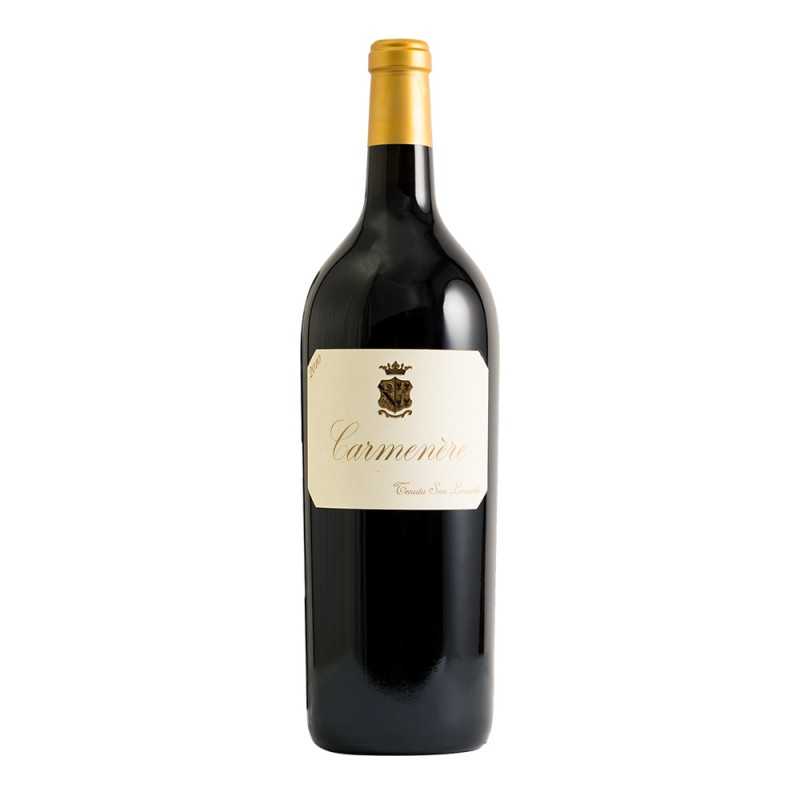Carmenère 2010 (magnum)
The choice to vinify Carmenère in purity is very original. The Carmenère grape was widespread in the Médoc (Bordeaux) in the 18th century. It is a vigorous vine, capable of giving excellent wines, but it was abandoned because of its low productivity. Carmenère wines have deep color, full body and can also be too herbaceous in case of imperfect ripening. It matures late, after Cabernet sauvignon; but when it succeeds, it combines the power of this with the charm of Merlot. Today it is widespread mainly in Chile. At Tenuta San Leonardo, Carmenère has been present since the end of the 19th century but was mistakenly confused with Cabernet franc until the 1980s, as well as in the rest of northern Italy where there are some about 1000 hectares.
San Leonardo Carmenère comes from 35 to 50 years old vines. The harvest date is decided only when the grapes are fully ripe, usually in October. Alcoholic fermentation takes place in concrete tanks of 50-80 hl. A long maceration with the skins follows with repeated daily punching down. After a few months of aging in concrete, the wine is moved into new and used barriques where it ages for 18-24 months. It ages another 3 years in the bottle. The first vintage was 2007, produced only in magnum size to celebrate the foundation of the company: 1723 magnums were produced. Thereafter, Carmenère is only produced in the great vintages.














